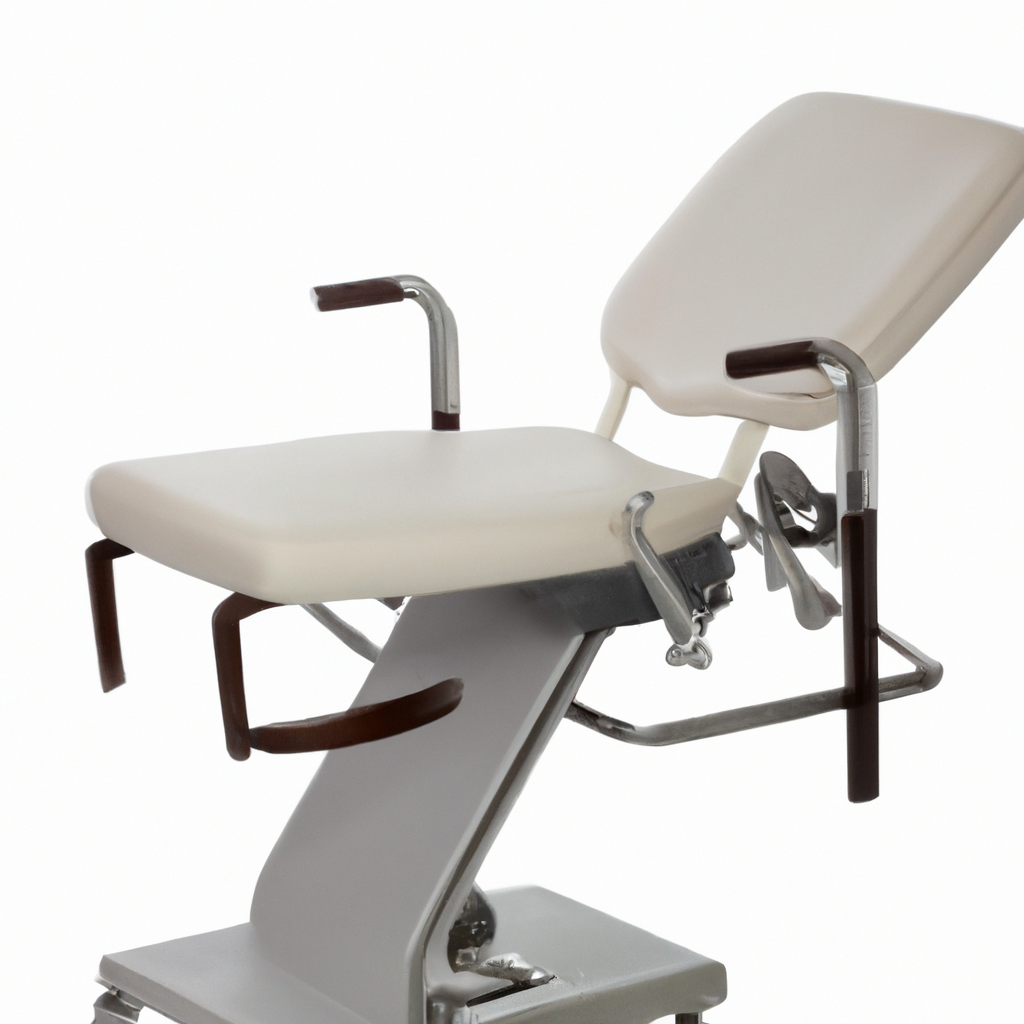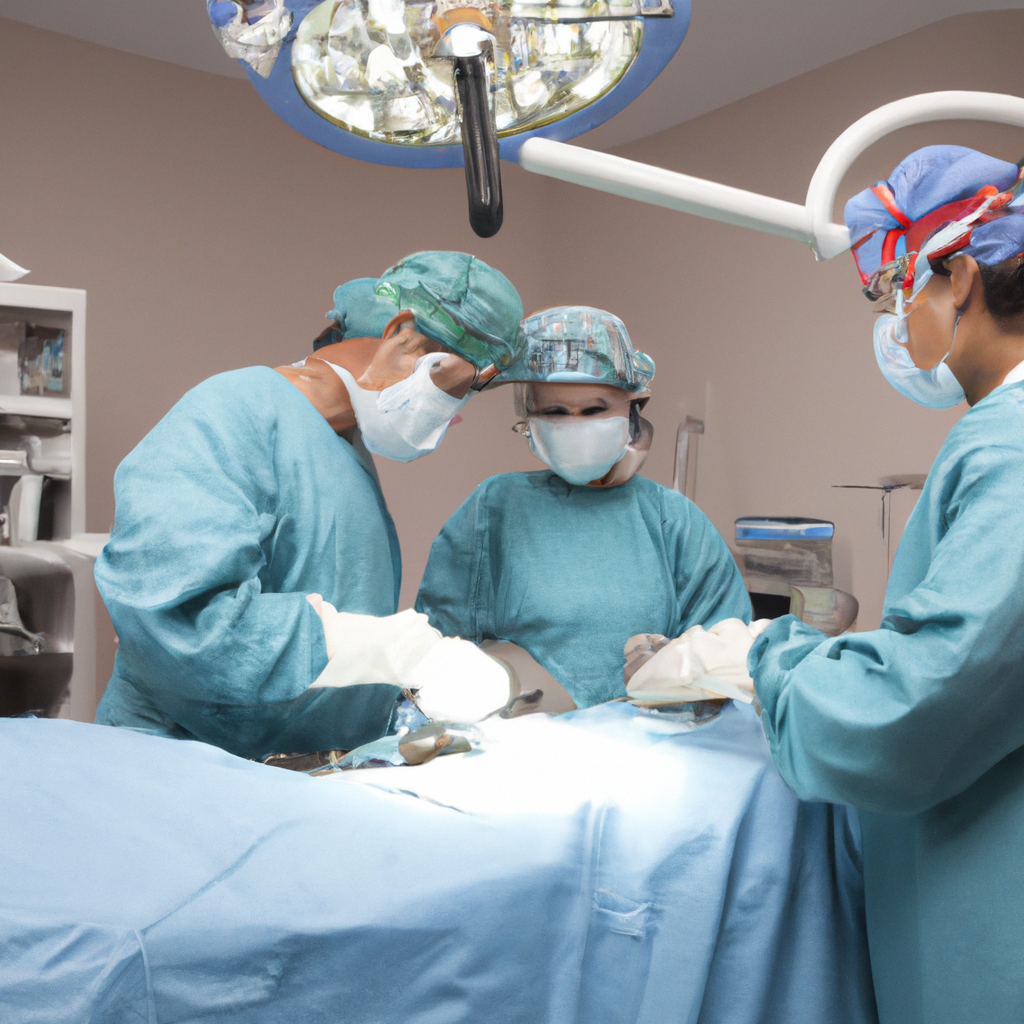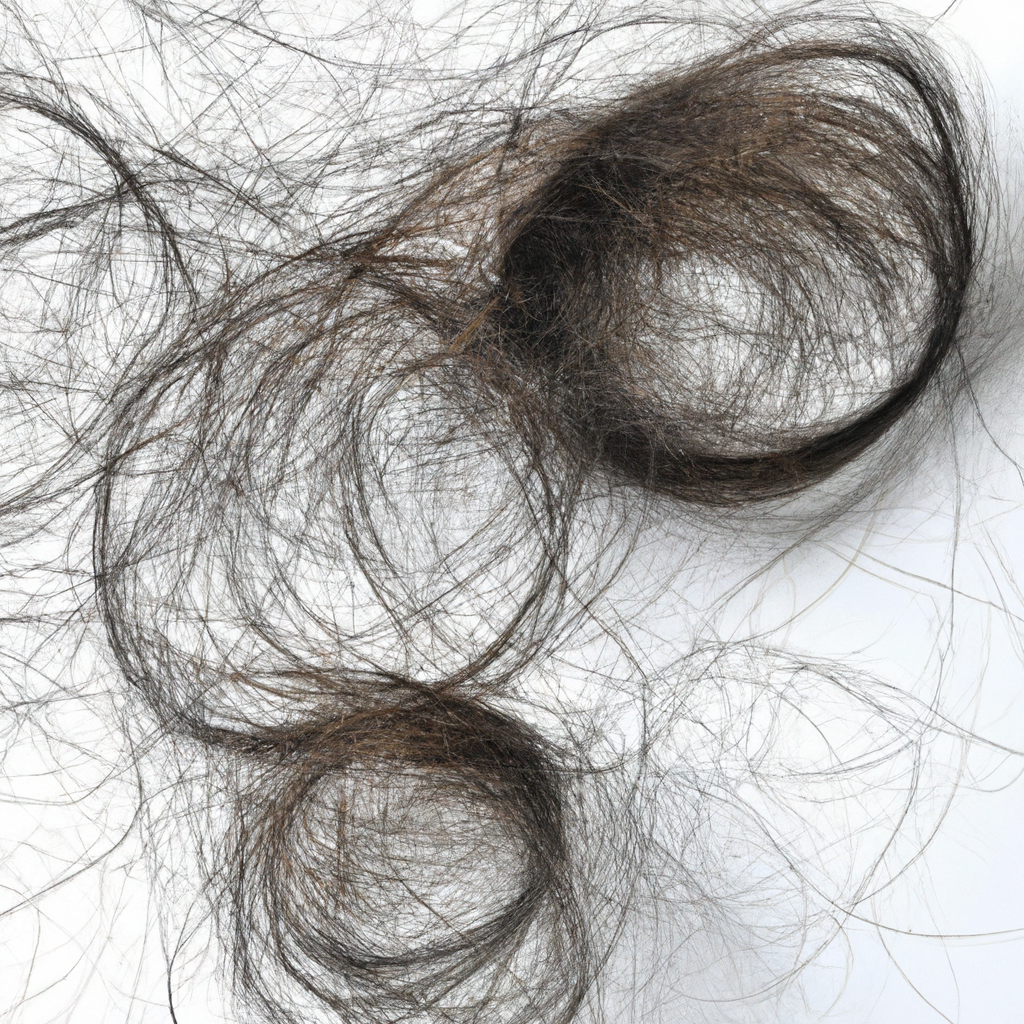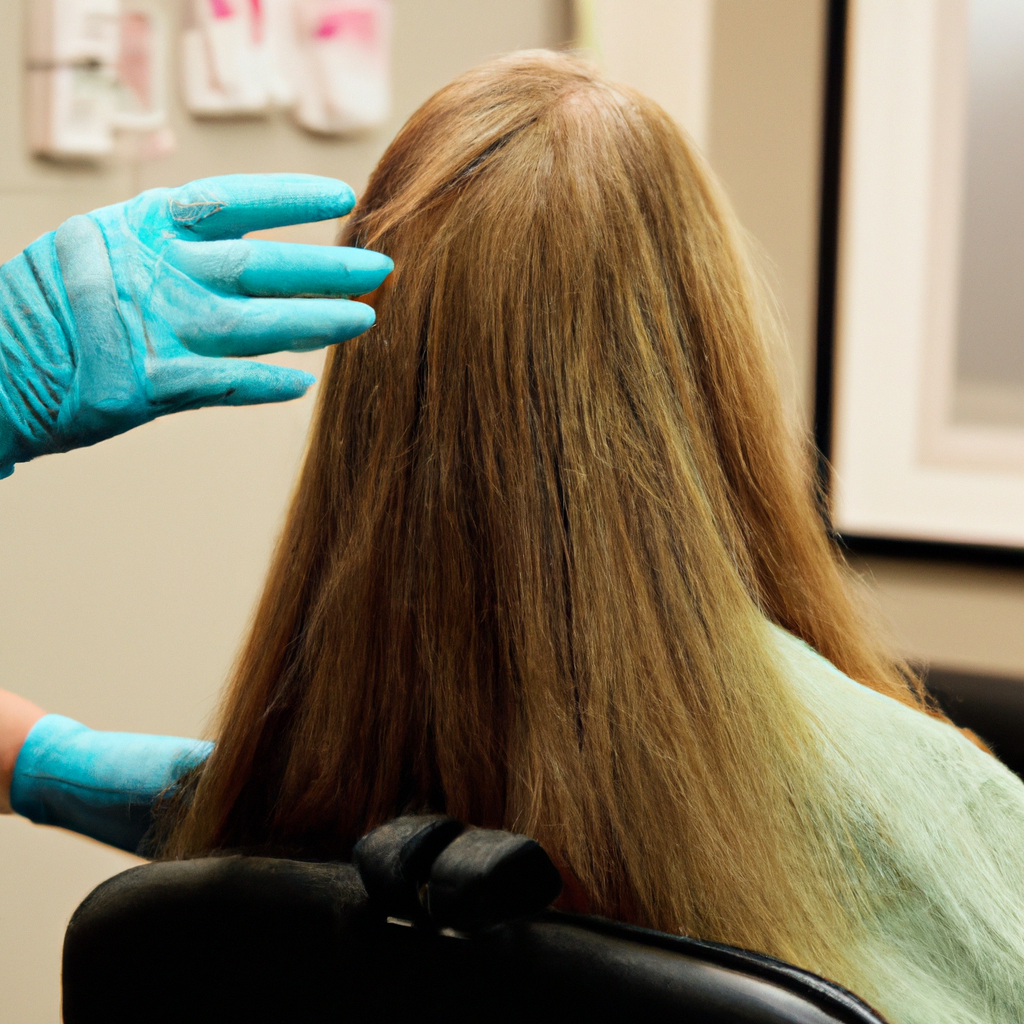Enhancing Comfort and Support with a Saddle Chair
A saddle chair may conjure up images of horseback riding, but in the realm of ergonomic seating, it represents a revolutionary concept. A saddle chair is a type of ergonomic chair that mimics the shape of a horse saddle, promoting a natural and healthy sitting position. Unlike traditional chairs that often lead to poor posture and discomfort, saddle chairs provide a range of benefits for the body and mind. Let’s delve into the origins of saddle chairs and why they have gained popularity in recent times.
Benefits of Using a Saddle Chair
Improved Posture and Spine Alignment
One of the key advantages of a saddle chair is its ability to improve posture and spine alignment. The unique design encourages the natural curvature of the spine, preventing slouching and promoting a more upright position. By distributing the body’s weight evenly, saddle chairs reduce the strain on the lower back and neck, thus alleviating common issues associated with prolonged sitting.
Enhanced Circulation and Reduced Pressure Points
Sitting for extended periods on a traditional chair can lead to poor blood circulation and pressure points. Saddle chairs, with their open-angle design, promote better blood flow to the legs and feet. Additionally, the absence of a hard edge under the thighs eliminates pressure points, ensuring enhanced comfort during extended sitting sessions.
Increased Core Strength and Muscle Engagement
Using a saddle chair engages the core muscles and stabilizers in the back, abdomen, and pelvis. This continuous micro-movement strengthens these muscles over time, contributing to better support for the spine and improved overall stability.
Choosing the Right Saddle Chair
Selecting the perfect saddle chair requires consideration of various factors to suit individual needs. Adjustable height and tilt options allow users to customize the chair to their body proportions, ensuring optimal comfort and support. The choice of materials and padding also plays a significant role in the overall experience of using a saddle chair.
Ergonomics and Health Impact
The effects of prolonged sitting on the body are well-documented, and poor ergonomics can exacerbate these issues. Saddle chairs address these concerns by encouraging better posture and reducing strain on the back and neck. The ergonomic benefits of saddle chairs extend to preventing musculoskeletal problems that often plague desk workers.
Saddle Chair Applications
Saddle chairs find utility in various settings, ranging from traditional offices to specialized industries. Office workers appreciate the comfort and health benefits, while healthcare professionals benefit from the increased mobility and accessibility these chairs offer. Additionally, creatives and artists find saddle chairs conducive to their unique work demands.
Comparing Saddle Chairs with Traditional Chairs
To truly understand the value of saddle chairs, it is essential to compare them with traditional office chairs. The advantages they offer, such as improved posture and core engagement, set them apart from conventional seating options. Addressing common misconceptions can also help potential users make informed decisions.
Tips for Using a Saddle Chair Correctly
Making the most of a saddle chair involves proper adjustment and usage. Users must learn to set the chair to their specific requirements, ensuring that they maintain good posture while sitting. Incorporating regular breaks and stretches further enhances the benefits of using a saddle chair.
Saddle Chair Maintenance and Care
To maximize the lifespan of a saddle chair, regular maintenance is necessary. Understanding how to clean and care for the chair ensures it remains in optimal condition. Additionally, knowing when and how to replace parts and cushions keeps the chair functioning effectively.
Enhancing Work Productivity with a Saddle Chair
The comfort and support offered by saddle chairs have a significant impact on work productivity. By reducing discomfort and promoting better focus, these chairs contribute to a more productive work environment. Testimonials and success stories from individuals who have experienced enhanced productivity can further attest to the benefits.
Saddle Chairs and Back Pain Relief
Back pain is a common issue for many individuals, especially those with sedentary jobs. Saddle chairs have been found to alleviate back pain and provide relief for those with existing back issues. Healthcare professionals often recommend these chairs as part of a comprehensive back pain management plan.
Incorporating Saddle Chairs in Home Settings
The benefits of saddle chairs extend beyond the workplace and can be applied to home settings as well. Whether used in home offices or study areas, saddle chairs encourage healthy sitting habits for the entire family. Additionally, their sleek design allows them to seamlessly blend with various interior styles.
Saddle Chairs for Postpartum Care
New mothers often face physical challenges during the postpartum period. Saddle chairs offer benefits for postpartum care, providing comfort and support during recovery. They can also aid in maintaining proper pelvic alignment and offer convenience during breastfeeding and childcare.
Saddle Chairs in the Equestrian World
The inspiration for saddle chairs comes from equestrian equipment – the saddle. This section explores the parallels between saddle chairs and horseback riding saddles. Moreover, it highlights how saddle chairs find applications in horse training and riding schools, benefiting both equestrians and individuals in sedentary occupations.
Environmental Benefits of Saddle Chairs
The environmental impact of furniture production is a growing concern. Saddle chairs present an eco-friendly alternative with their sustainable materials and manufacturing processes. By choosing saddle chairs, individuals contribute to reducing their carbon footprint and promoting environmentally conscious decisions.
Conclusion
In conclusion, saddle chairs offer a holistic approach to enhancing comfort and support during extended sitting sessions. From promoting better posture to reducing back pain and supporting overall well-being, these chairs have become an invaluable asset in various settings. Embracing ergonomic seating through saddle chairs can lead to long-term health benefits and improved productivity, making them a worthwhile investment.
…










